Peacocktail Labradorite Granite
 Ukraine
(Andrijivske (Andreyevskoye deposit))
Ukraine
(Andrijivske (Andreyevskoye deposit))
Peacocktail Labradorite Granite is a stunning and distinctive natural stone celebrated for its captivating appearance. Here's a detailed description of this granite variety:
Color Palette: Peacocktail Labradorite Granite is renowned for its striking and intricate coloration. It features a midnight blue background that evokes a sense of mystery and elegance. Scattered throughout this dark base are light gray and blue accents, resembling the delicate feathers of a peacock's tail. These accents create a mesmerizing play of colors and add depth to the overall appearance of the stone.
Origin: Peacocktail Labradorite Granite is quarried in Andrijivske (Andreyevskoye deposit) of Ukraine, a region known for its unique geological formations and high-quality natural stone resources. Ukrainian granite is celebrated for its distinctive colors and exceptional craftsmanship.
Texture: The granite's durable surface is not only visually captivating but also tactile, providing a textured finish that adds character and a natural feel to the stone.
Applications: Peacocktail Labradorite Granite is a highly versatile material suitable for a variety of interior and exterior design applications. It is often chosen for kitchen countertops, bathroom vanities, flooring, wall cladding, fireplace surrounds, and various decorative elements in both residential and commercial settings.
Aesthetic Appeal: The combination of the midnight blue background with light gray and blue accents creates a sense of opulence and intrigue. The stone's appearance resembles the shimmering plumage of a peacock and is often selected for its ability to make a bold and luxurious statement in interior and exterior spaces.
Durability: Granite, in general, is known for its durability and resistance to wear and tear. Peacocktail Labradorite Granite is no exception and can withstand the demands of regular use, making it suitable for high-traffic areas.
In summary, Peacocktail Labradorite Granite is a remarkable natural stone quarried in Andrijivske, Ukraine. Its midnight blue background with light gray and blue accents exudes an air of opulence and mystery. With its versatility, durability, and the unique aesthetic qualities associated with Ukrainian granite, it adds a touch of luxury and timeless beauty to any space, making it a favored choice for a wide range of design projects.
Physico-mechanical properties
Volume weight: 2785 kg/m3
Water absorbing: 0,05-0,09 %
Compressive strength: 170 MPa
Bending strength: -
Abradability: 0,56 g/cm2
Mineral composition (%)
Mineral Percent
Plagioclase (Labrador) 70-90
Pyroxene 10-15
Olivine 2
Biotite 1
Potash feldspar 1-2
Ore minerals 1-2
Other 0-10

What grade is Ukraine's Peacocktail Labradorite Granite?

Does Peacocktail Labradorite scratch or break easily?

Does placing a hot pan on a Peacocktail Labradorite kitchen countertop cause any damage?

What is the difference between granite and labradorite?

Is Ukraine's Peacocktail Labradorite Granite an expensive stone?

What is the coefficient of friction of Pickled Ukraine's Peacocktail Labradorite Granite tiles?

Can Peacocktail Labradorite be used for flooring in places with high pedestrian traffic?

What is labradorite granite?

Can Ukraine's Peacocktail Labradorite Granite be used in landscaping?

How thick is Ukraine's Peacocktail Labradorite Granite slabs?

How thick is a Peacocktail Labradorite dining table top?

Are there color variations of Ukraine's Peacocktail Labradorite Granite?

Can Ukraine's Peacocktail Labradorite Granite be used exterior applications in hot climates?

What is the physical properties of Peacocktail Labradorite?

Does Peacocktail Labradorite make a good choice for a kitchen countertop?

What should you not use for cleaning Peacocktail Labradorite countertops?

Can Ukraine's Peacocktail Labradorite Granite be used in a bathroom?
-

-

 Ukraine
Ukraine
 6YRDiamond members are premium members on platform, providing members with comprehensive approach to promoting their products, increasing products exposure and investment return to maximize.
6YRDiamond members are premium members on platform, providing members with comprehensive approach to promoting their products, increasing products exposure and investment return to maximize.
Contact Supplier
-

QUANZHOU LINLEI IMP. & EXP.TRADING CO.,LTD.
 China
China
 6YRDiamond members are premium members on platform, providing members with comprehensive approach to promoting their products, increasing products exposure and investment return to maximize.
6YRDiamond members are premium members on platform, providing members with comprehensive approach to promoting their products, increasing products exposure and investment return to maximize.
 Verified Supplier is for prove company authenticity,including business license,trade license and effective office space,to enhance buyers' trust to suppliers and their products, reducing communication costs.
Verified Supplier is for prove company authenticity,including business license,trade license and effective office space,to enhance buyers' trust to suppliers and their products, reducing communication costs.
Contact Supplier
-

-

 China
China
 8YRDiamond members are premium members on platform, providing members with comprehensive approach to promoting their products, increasing products exposure and investment return to maximize.
8YRDiamond members are premium members on platform, providing members with comprehensive approach to promoting their products, increasing products exposure and investment return to maximize.
 Verified Supplier is for prove company authenticity,including business license,trade license and effective office space,to enhance buyers' trust to suppliers and their products, reducing communication costs.
Verified Supplier is for prove company authenticity,including business license,trade license and effective office space,to enhance buyers' trust to suppliers and their products, reducing communication costs.
Contact Supplier
-

FUJIAN NAN'AN XURI STONE CO.,LTD
 China
China
 5YRDiamond members are premium members on platform, providing members with comprehensive approach to promoting their products, increasing products exposure and investment return to maximize.
5YRDiamond members are premium members on platform, providing members with comprehensive approach to promoting their products, increasing products exposure and investment return to maximize.
 Verified Supplier is for prove company authenticity,including business license,trade license and effective office space,to enhance buyers' trust to suppliers and their products, reducing communication costs.
Verified Supplier is for prove company authenticity,including business license,trade license and effective office space,to enhance buyers' trust to suppliers and their products, reducing communication costs.
Contact Supplier
-

-

Xiamen Dingjun Trading CO., LTD
 China
China
 6YRDiamond members are premium members on platform, providing members with comprehensive approach to promoting their products, increasing products exposure and investment return to maximize.
6YRDiamond members are premium members on platform, providing members with comprehensive approach to promoting their products, increasing products exposure and investment return to maximize.
 Verified Supplier is for prove company authenticity,including business license,trade license and effective office space,to enhance buyers' trust to suppliers and their products, reducing communication costs.
Verified Supplier is for prove company authenticity,including business license,trade license and effective office space,to enhance buyers' trust to suppliers and their products, reducing communication costs.
Contact Supplier
The request includes: 1. surface finished, size 2. quantity required






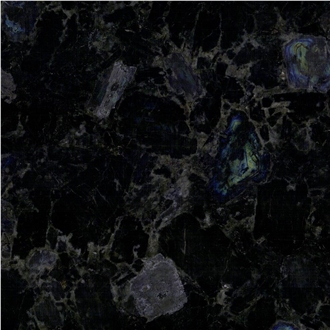
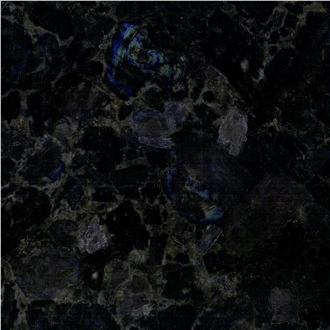
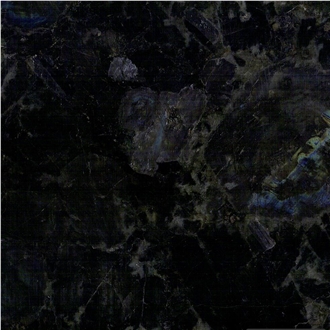
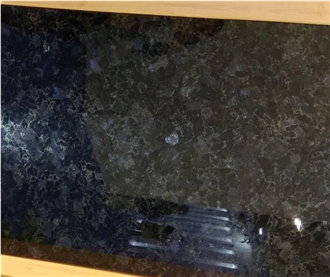
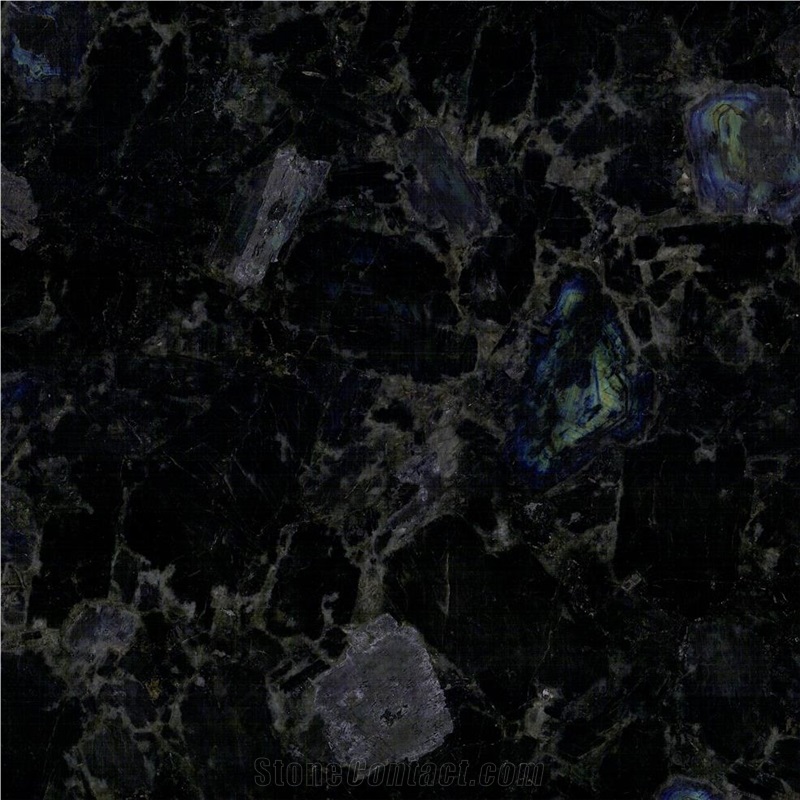
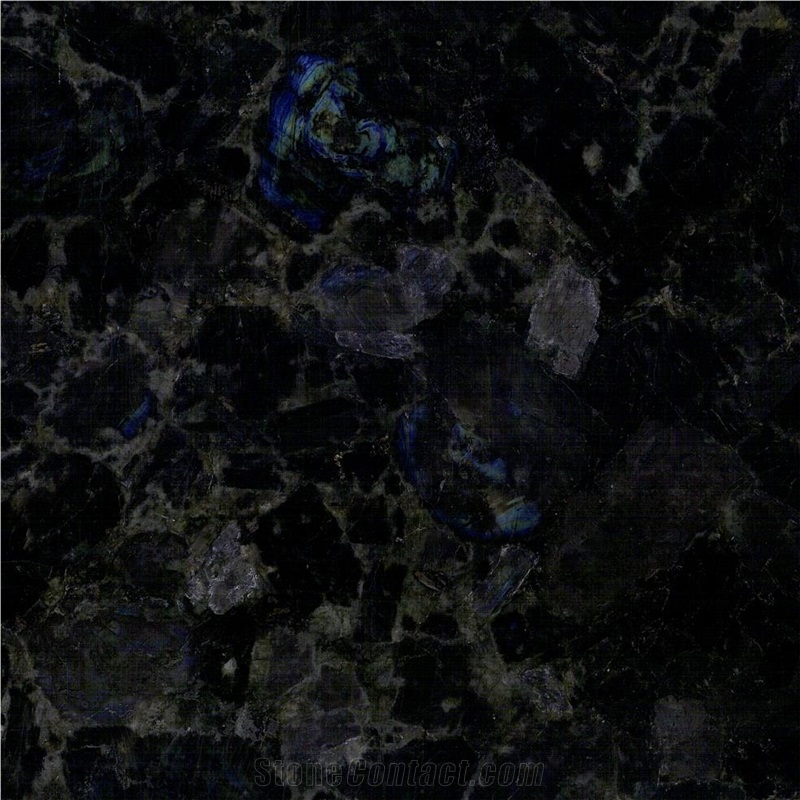
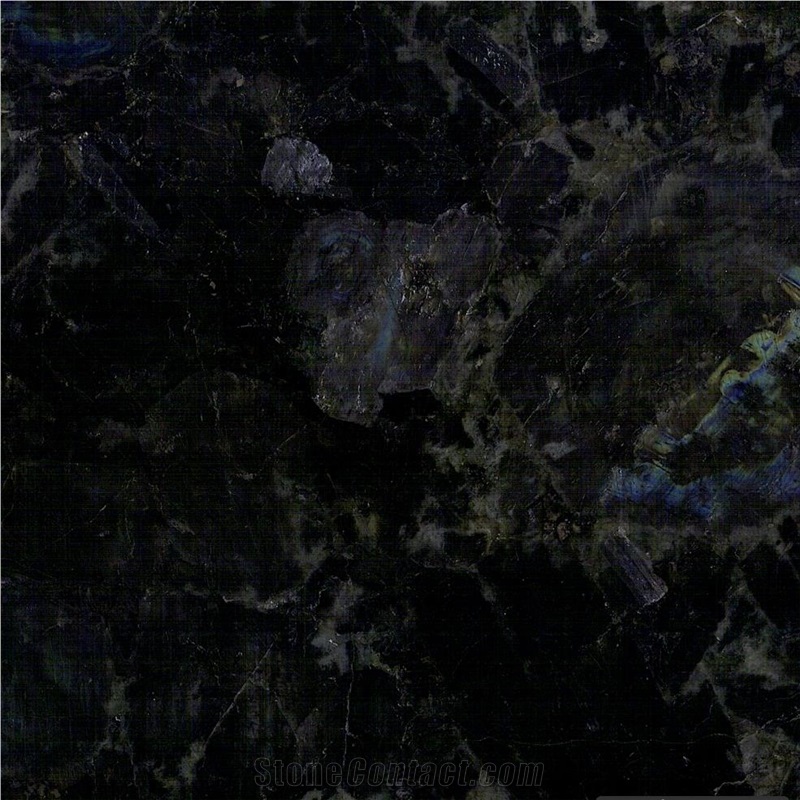
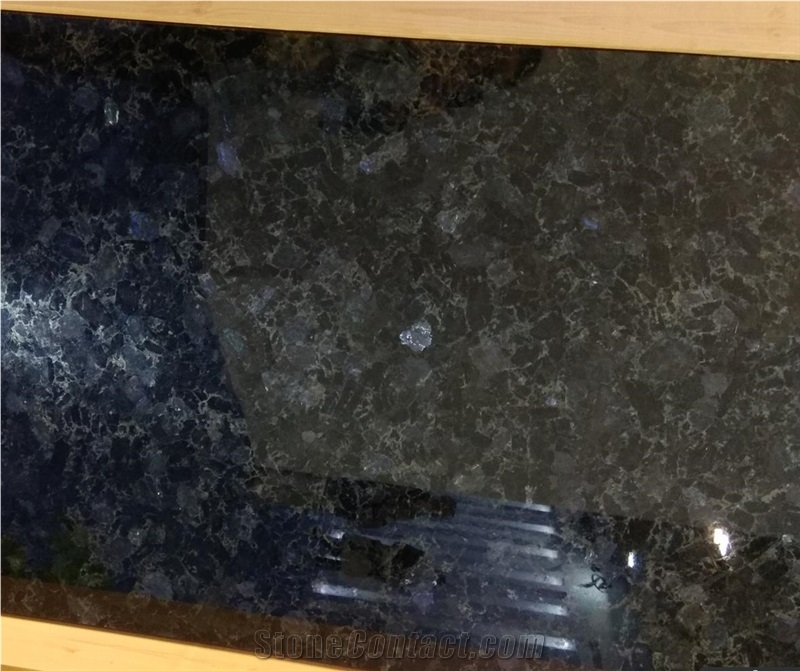
 Poland
Poland